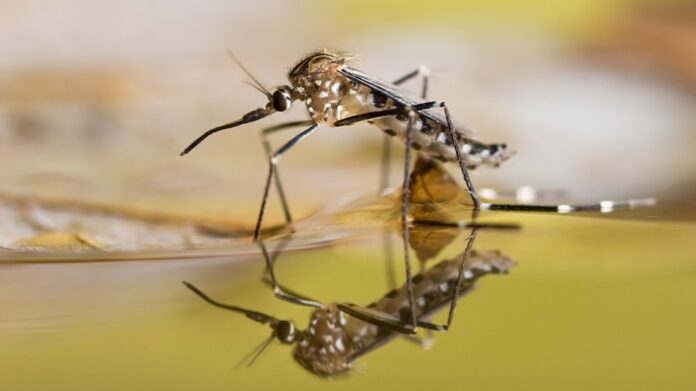Following an exceptionally warm summer that impacted California, leading pest expert Zachary Smith has sounded the alarm about a surge in pest activities this coming Fall. Smith, from Smith’s Pest Management, warns that the rise in temperatures can have ripple effects on pest behaviors and life cycles, subsequently affecting their numbers in the subsequent season.
“Transitioning from Summer to Fall, we’re anticipating a significant rise in pest occurrences,” states Mr. Smith. He cites five primary reasons for this expected surge:
Accelerated Growth and Reproduction: The heat can fast-track the reproductive processes and growth rates of various pests. This might result in increased pest numbers, many of which may venture indoors, seeking respite from the cooling Fall weather.
Prolonged Pest Activity: Typically, some pests are more vibrant during the summer. Warm weather can lengthen this active period, offering pests an extended time to multiply and possibly infiltrate homes as the cold sets in.
Migration Patterns: Due to an elongated warm season, certain pests, including insects and spiders, may flourish in greater numbers. As Fall draws near and temperatures cool, these creatures may gravitate indoors, escalating the chances of indoor infestations.
Stress on Natural Predators: Warm temperatures can stress or reduce populations of natural predators, such as birds, spiders, and other insects that feed on pests. With fewer predators, pest populations can swell.
Enhanced Food Sources: The hot summer can boost food availability for pests. For instance, augmented plant growth can offer ample sustenance for insects and rodents, allowing them to prosper. However, as Fall sets in and natural food dwindles, these pests might turn to indoor sources.
Increased Resistance: With more generations in a single year, there’s a greater chance for pests to develop resistance to commonly used pesticides or control methods. This can make them harder to control as their numbers grow.
Changes in Plant Growth: A warm summer can affect the usual growth patterns of plants. Certain plants might thrive, providing ample food and shelter for pests, while others might suffer, pushing herbivorous pests to seek alternative food sources, including those found near human habitats.
Expansion of Habitat Range: Some pests that are typically found in warmer areas might expand their range northward (or to higher altitudes) due to increased temperatures. This can introduce new pests to areas where they weren’t previously common.
Smith urges Californians to stay alert and prepared for this impending pest wave, emphasizing proactive measures to safeguard homes and properties.
“Nature has its ways of adapting to changing climates, and pests are no exception. It’s not just about the inconvenience they cause; it’s about being proactive for the safety and well-being of our homes and loved ones” adds Mr Smith.


















